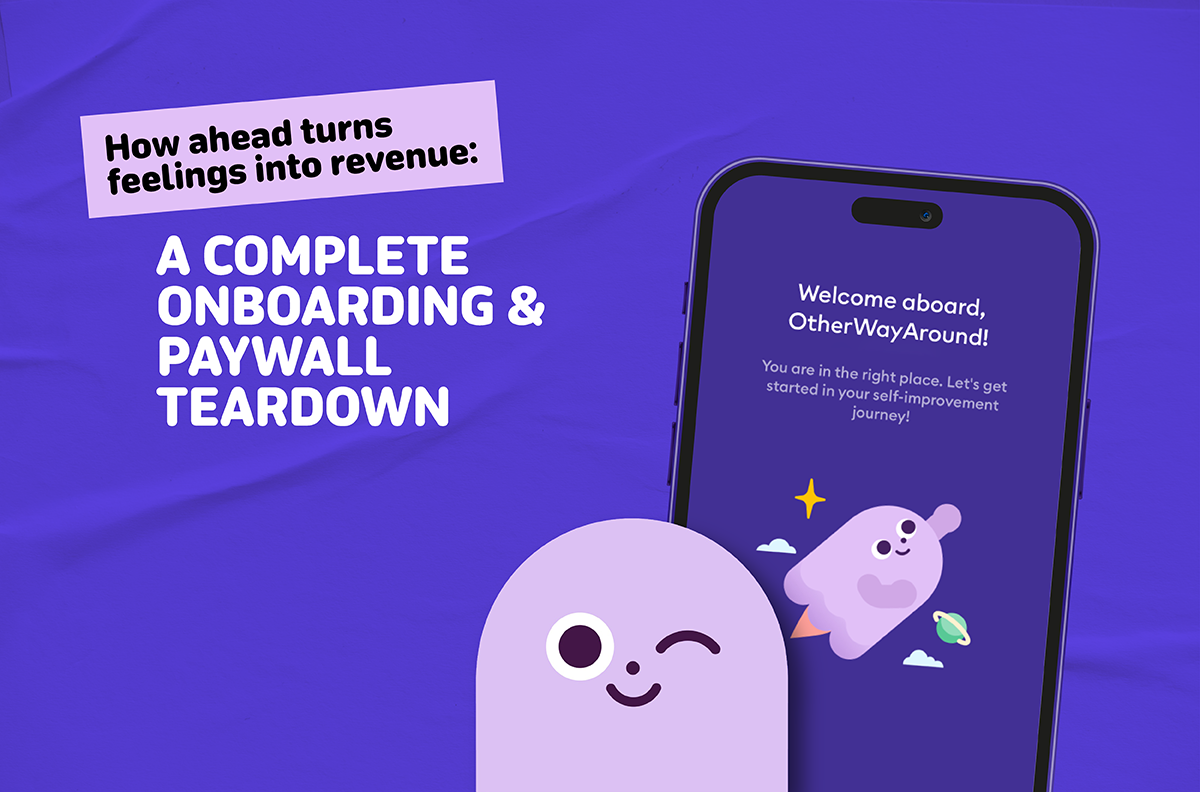Effective Keyword Research Strategies for Localizing Non-English App Storefronts
Learn how to tailor your app for global markets with keyword research guide for non-English storefronts, enhancing visibility & engagement.
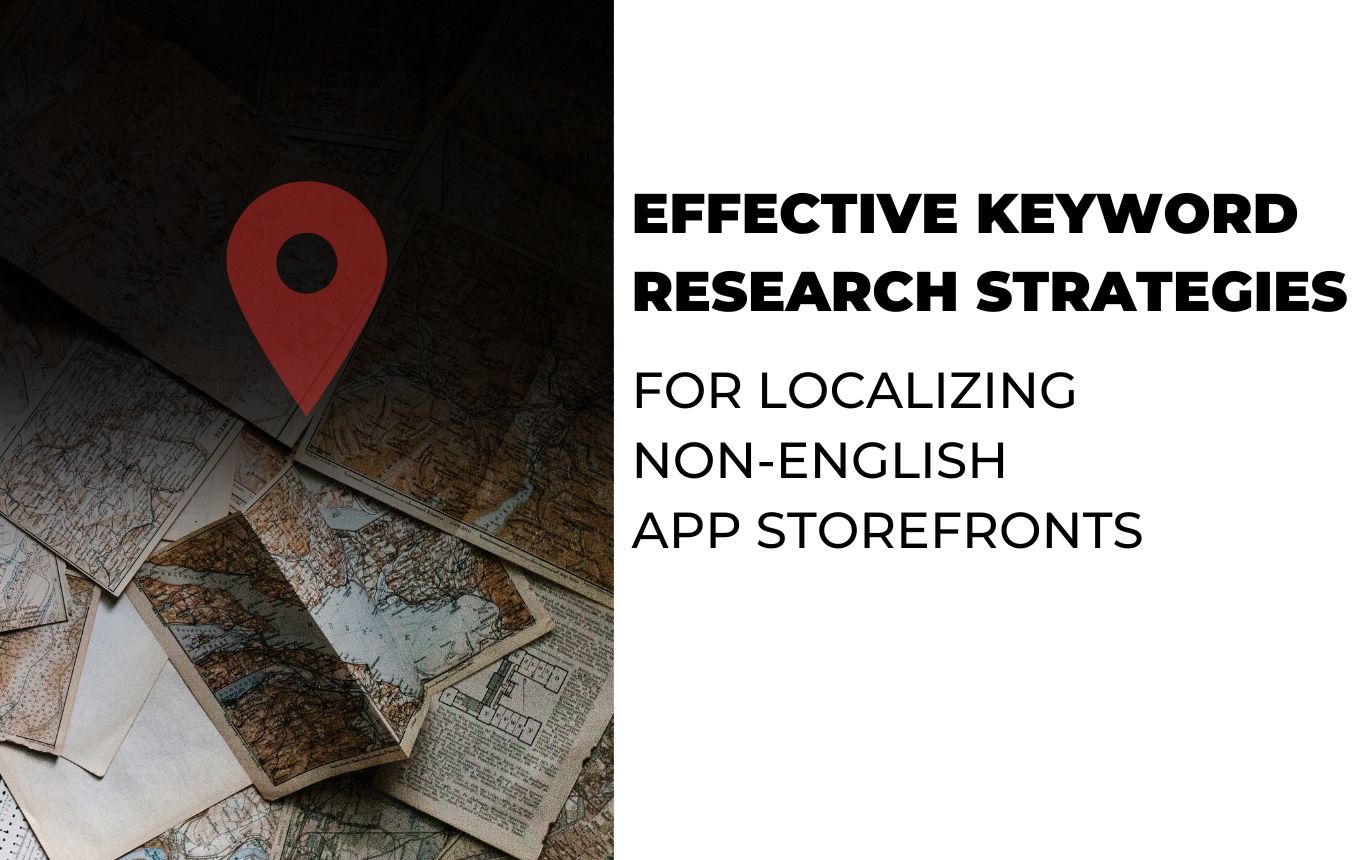
In today's competitive market, localization isn't just an option—it's a strategic imperative. The success of your apps and games on the global stage hinges on understanding and implementing effective localization tactics. This guide dives into the nuances of keyword research for non-English storefronts, offering actionable strategies to enhance your app's visibility and engagement across diverse markets.
Start with Smart Translation
Begin your localization journey by translating your English keyword pool. Use an ASO tool to integrate these translated keywords into your target locale’s strategy. Focus on keywords with high search volumes, but don't overlook the importance of relevance. Ensure your app or similar ones appear in search results for these keywords, confirming their effectiveness.
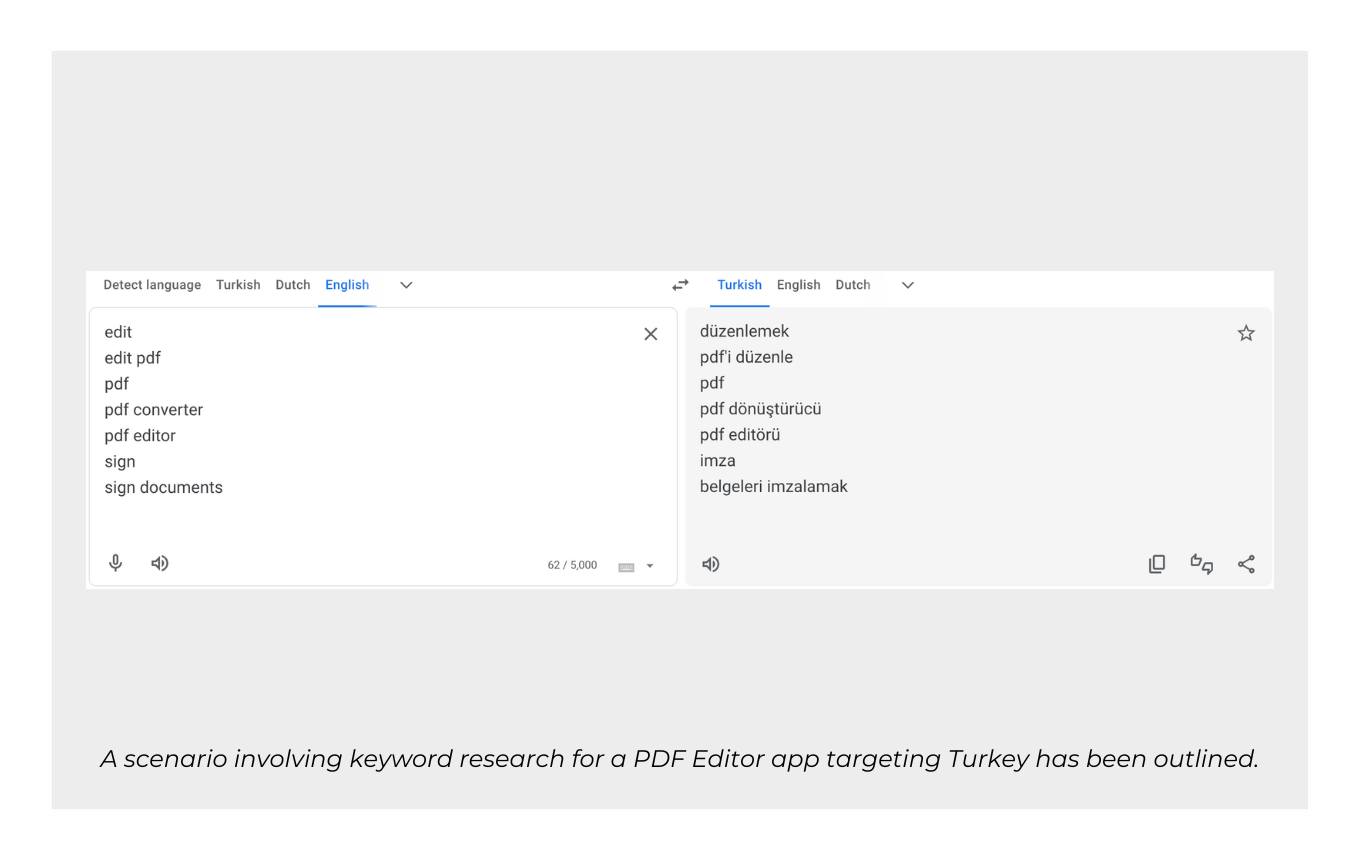
Beyond Literal Translation
A literal translation might seem like an obvious solution, but it often fails to convey the right meaning of the target language, which could lead to inaccuracy or even awkward phrasing. To guarantee quality and context relevancy, use direct translations as a starting point; always refine them with deeper insights and validation methods.
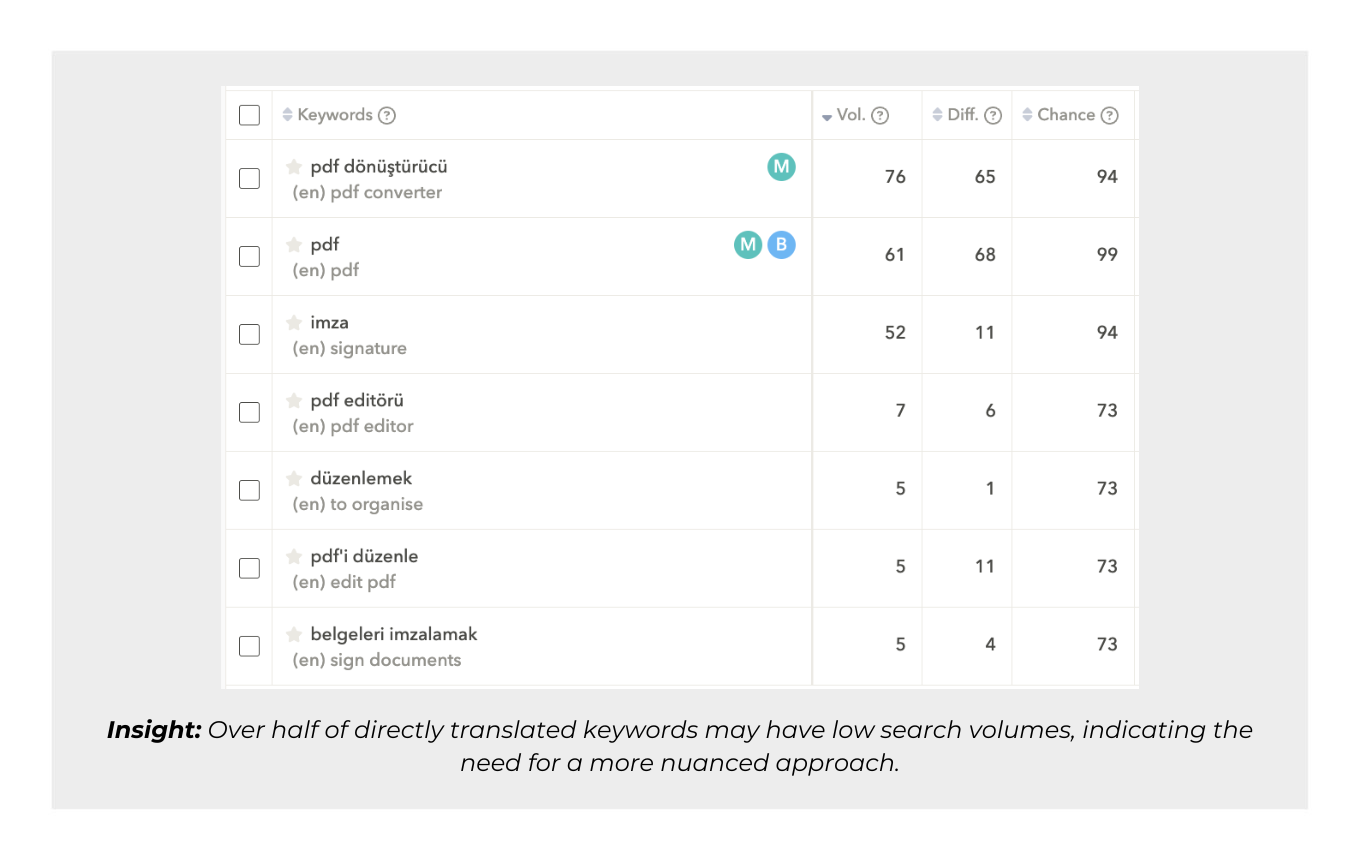
Leverage AI in Translation
Nowadays, AI translation tools are becoming more sophisticated and widespread. Consider using an AI translation tool that allows you to translate your keywords at scale for speed and transcend the language barrier.
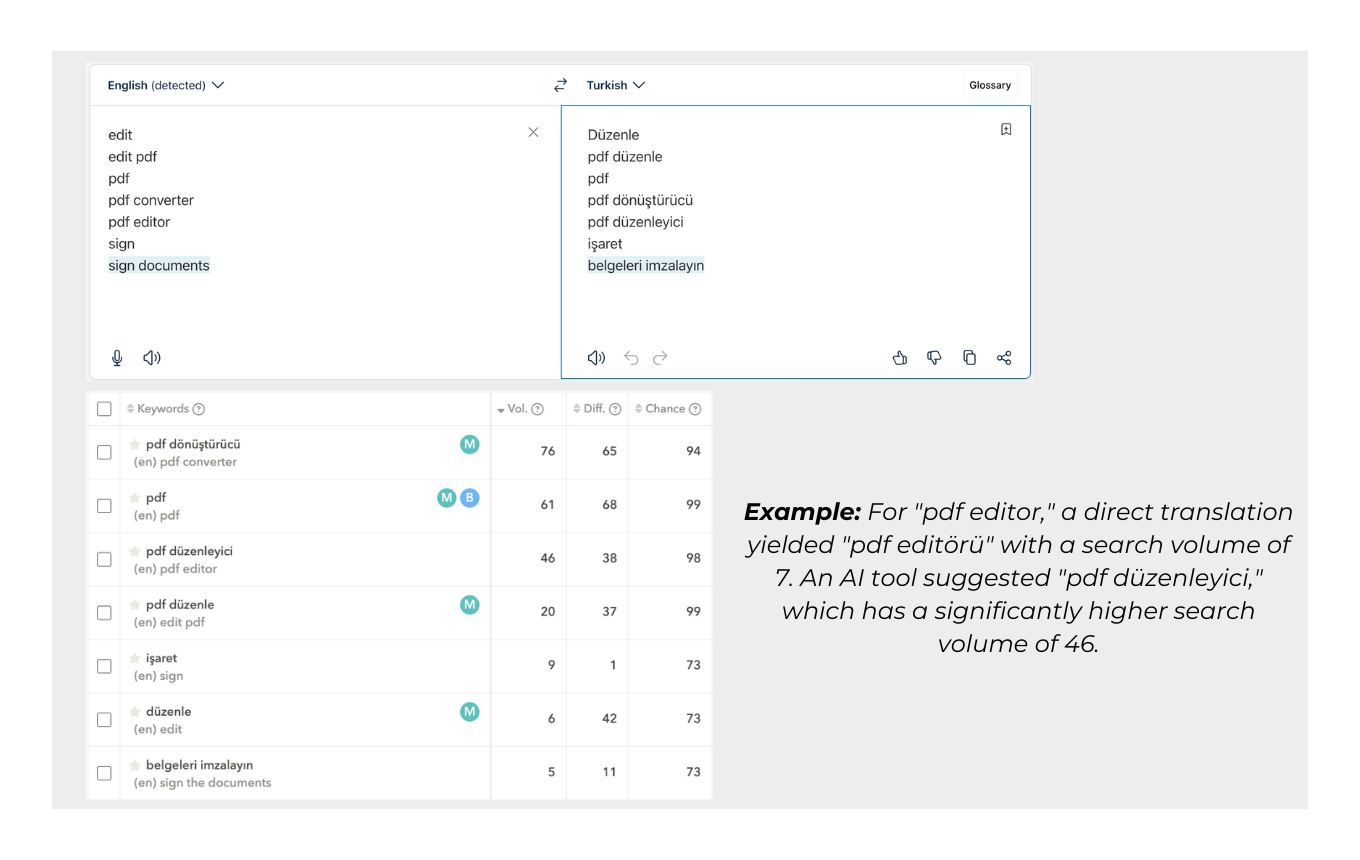
Utilize Google Trends
Google Trends is a powerful tool for fine-tuning your translated keyword list. You can refine translated keywords by comparing search trends and exploring related keywords and topics. This process enables you to enhance your keyword list to better resonate with your target audience, offering insights into their search behaviors and preferences.
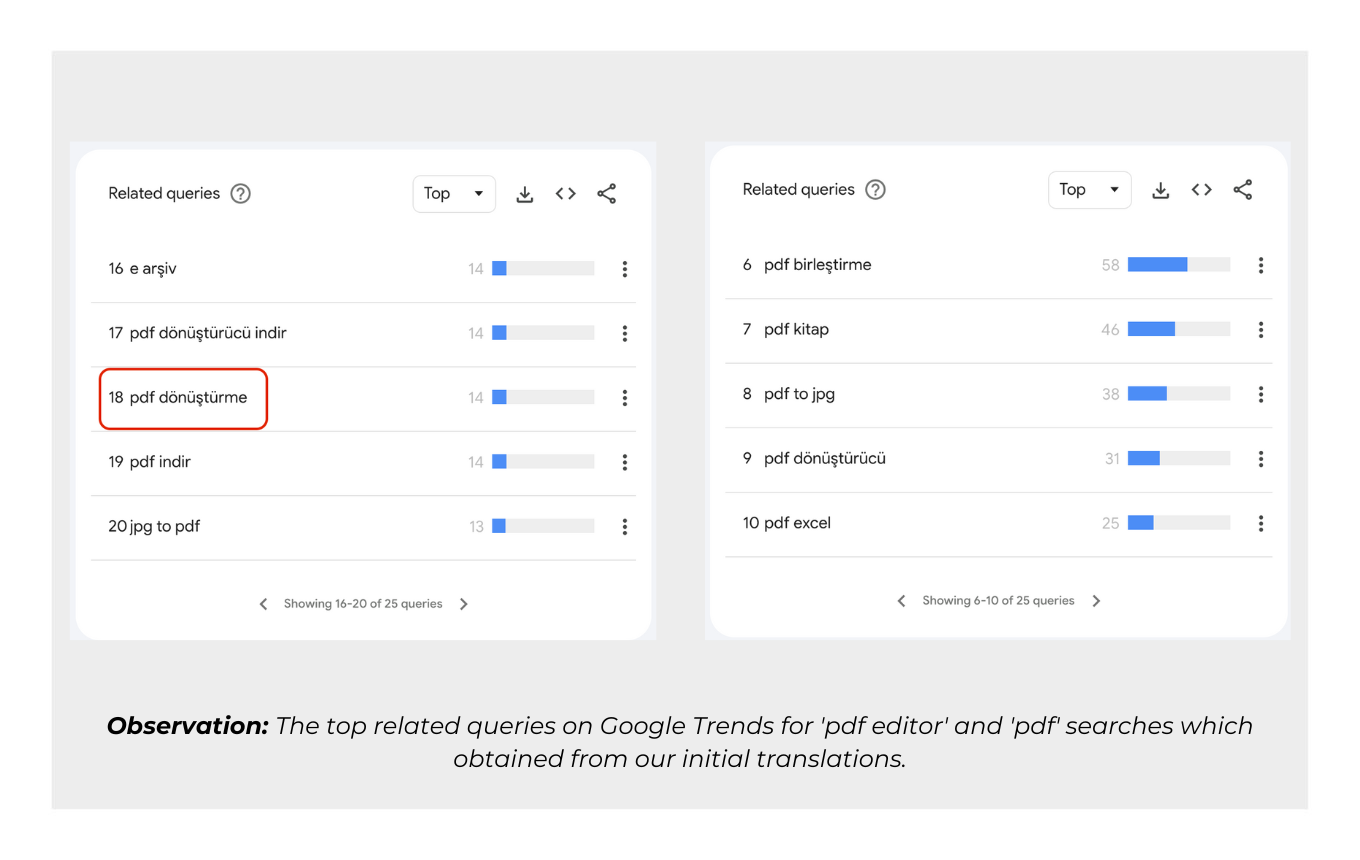
Maximize ASO Tools
Take advantage of ASO tools. Even if many ASO tools today do not translate from English to another language, they still allow translations from other languages to English. By reviewing ranked keywords, top keywords, and competitor keywords in different locales (if available), and by incorporating keywords directly from the target audience's data, you can cover a significant portion of your keyword pool.
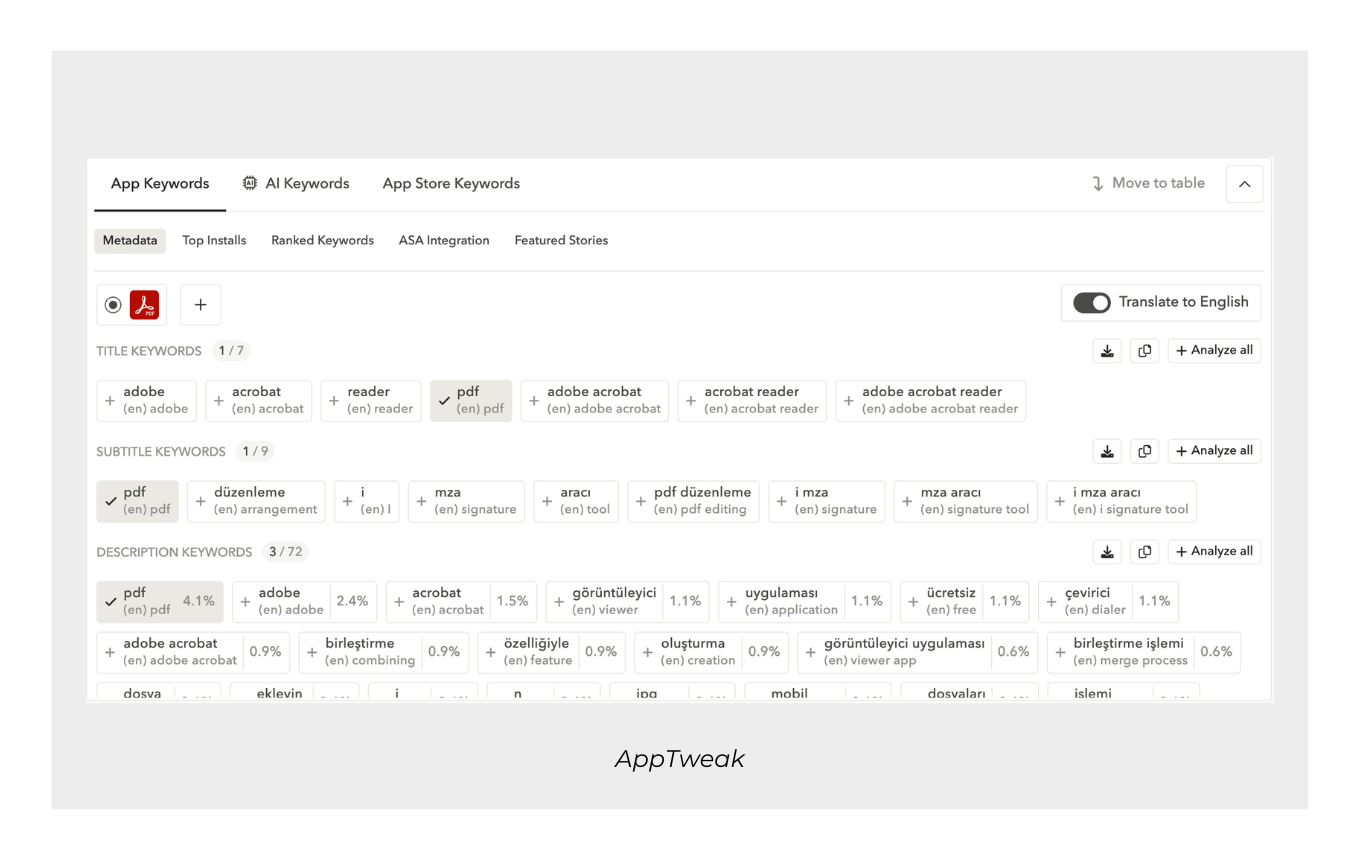
Spying On Competitors
Indeed one of the essential strategies for keyword research is to analyze your competitors. Track competitors who already have similar features and target similar audiences to your watchlist. Then, examine which keywords they are ranking for.
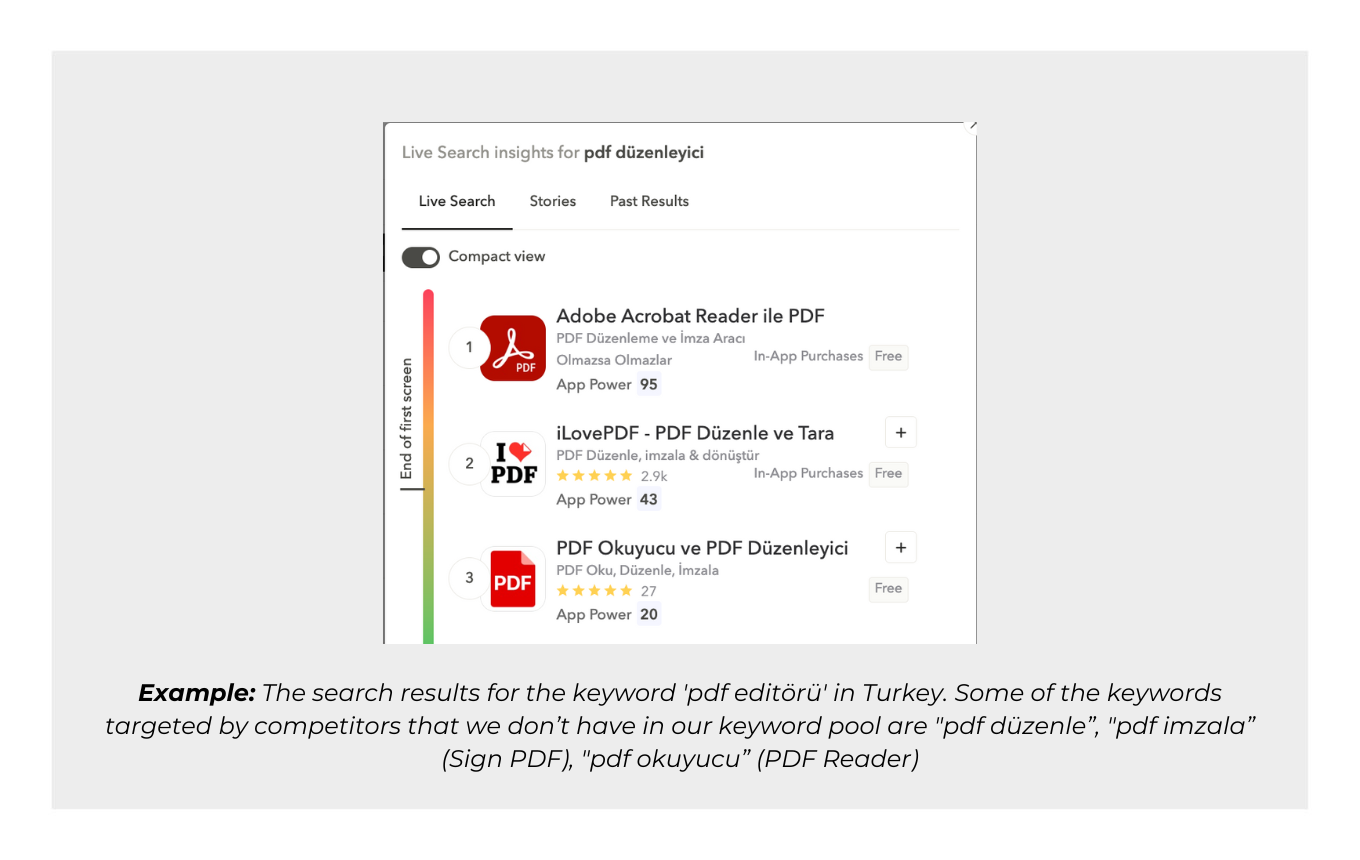
Explore ASA Discovery Campaigns
Apple Search Ads (ASA) Discovery campaigns can reveal relevant search terms you might not have considered. Use broad keywords in search match campaigns to uncover and incorporate effective keywords into your strategy.
Use Priority Circle
After expanding your keyword pool, use your ASO tool to filter out low-volume keywords. This step is crucial for focusing on the most impactful keywords, especially those obtained through direct translation and Google Trends as these keywords may not have equivalents in the search habits of app stores’ users, which could result in low search volumes.
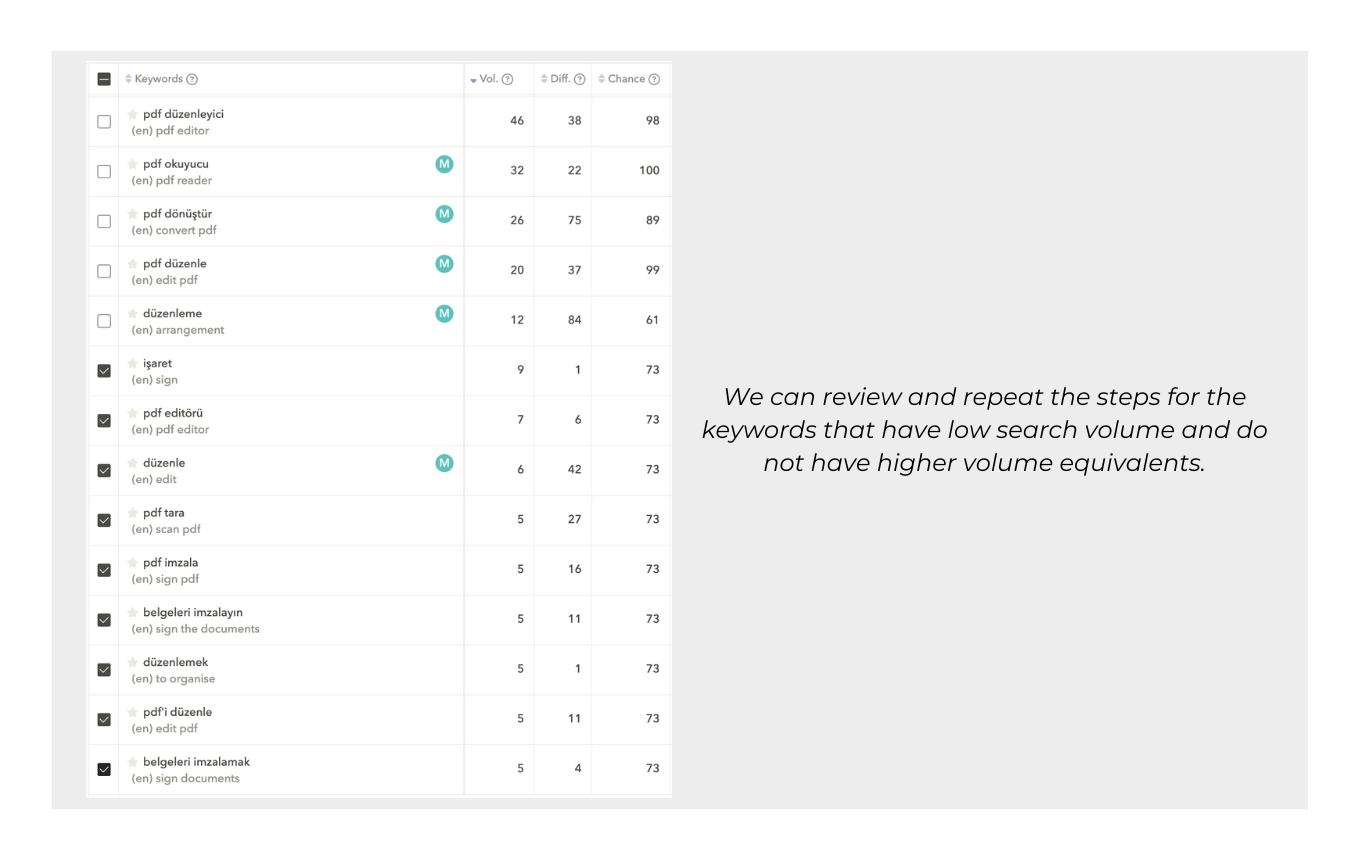
Cross-Localization Opportunities
Before jumping into a new locale, always evaluate the cross-localization opportunities of possible storefronts to target. A good exercise for this is to do comprehensive market research and know where to concentrate your efforts instead of spreading yourself thin across markets where there are no users or the growth potential is non-existent. By optimizing your metadata space in these strategic locales, you’ll be able to consolidate your presence and maximize the impact and reach of your main stores.
Bonus: The Critical Role of Full In-App Localization
Localizing your app's metadata is just the start; translating and localizing in-app content is crucial for a great user experience. Inaccurate translations or inconsistent interface elements can frustrate users, break immersion, and decrease engagement.
Take, for example, a language learning app that's localized into French in its marketing materials to attract French-speaking users. However, once users download and start the app, they find the interface and lessons are still in English. This gap between the app's promise and its functionality can prevent users from fully engaging with the content due to the language barrier. Thoroughly localizing the interface and in-app content into the target language is essential for improving user engagement and significantly increasing satisfaction and retention.
For more on the impact of localization on global reach, explore additional resources on this topic.
Conclusion
Effective localization is a nuanced process that requires strategic planning, attention to detail, and ongoing optimization. By understanding and implementing the principles outlined above, you can ensure your apps and games resonate with target non-English speaking audiences, driving engagement and success across global markets.
Ready to elevate your app's global presence? OtherWayAround specializes in crafting localized mobile experiences that resonate with users worldwide. Let's bridge the gap between your app and its potential global audience. Contact us today to learn how we can transform your app's localization strategy for unparalleled user engagement and retention.


.png)
